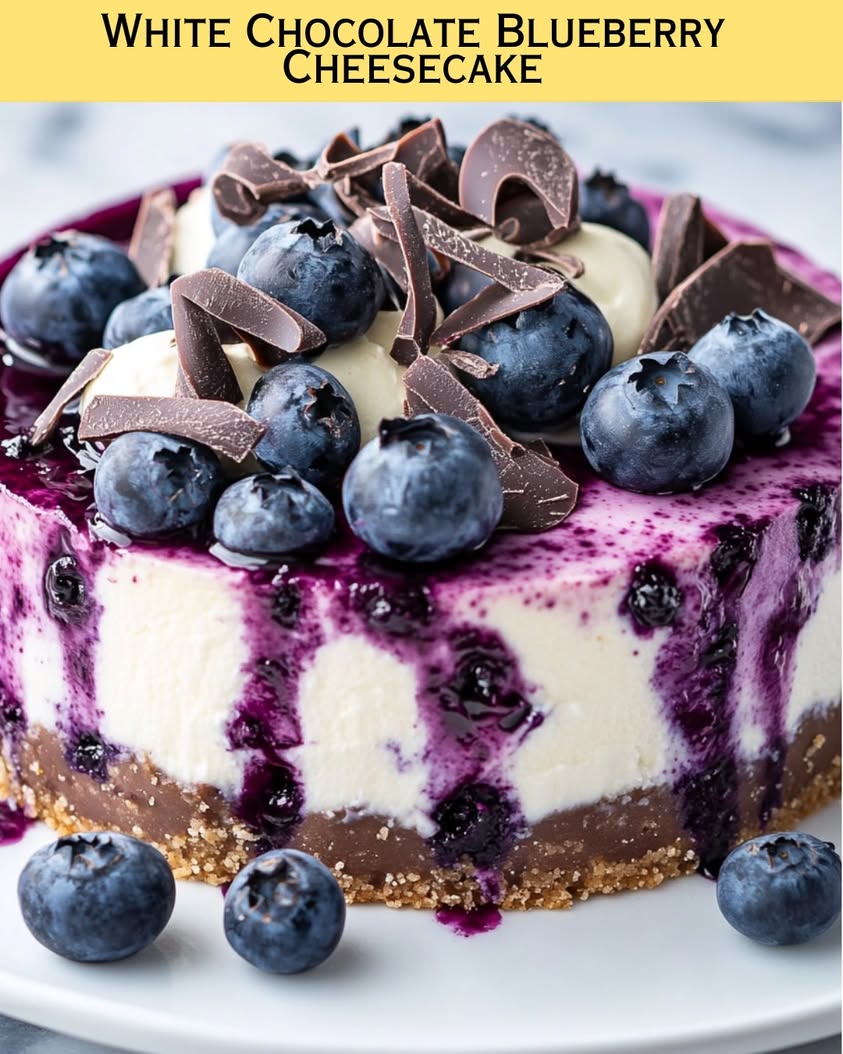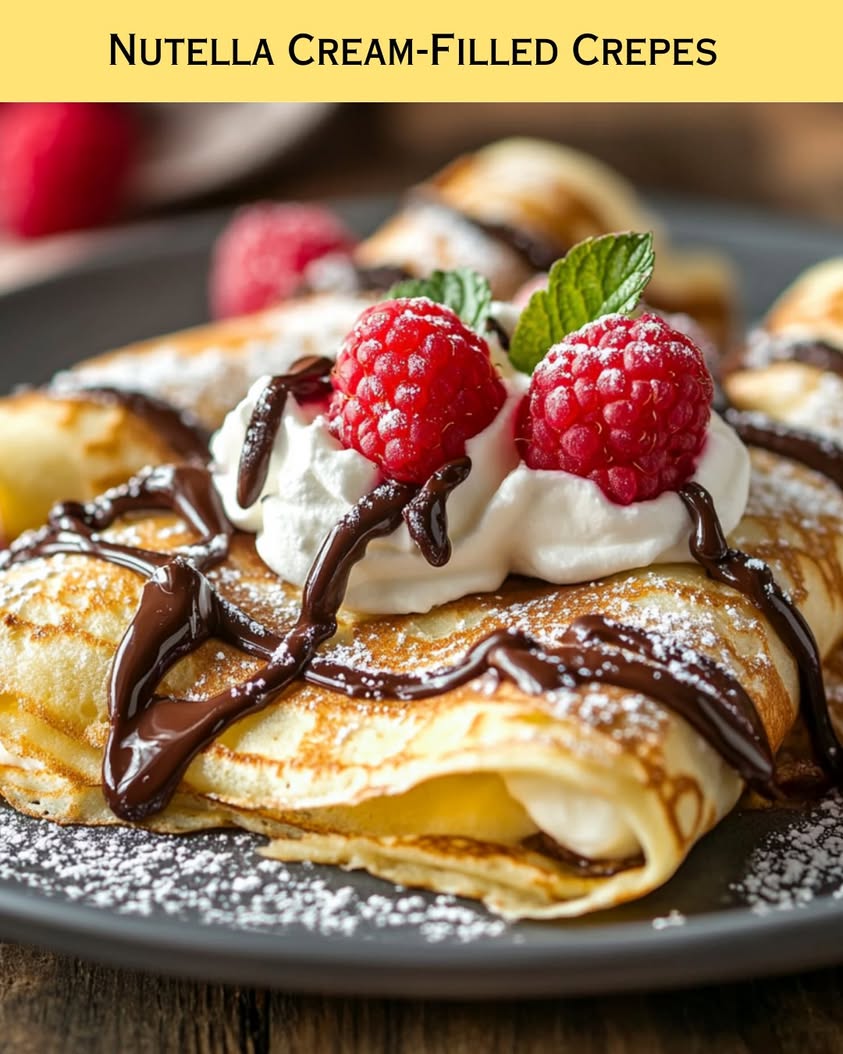Steak Queso Dip: The Ultimate Party Appetizer
This Steak Queso Dip recipe is the ideal choice for your next gathering, providing a delicious blend of melted cheese, tender steak, and vibrant spices that will have your guests raving. Imagine the warm gooeyness of cheese complementing the savory, seasoned steak, creating an irresistible dip that’s perfect with tortilla chips. It’s not only a feast for the palate but also a recipe that promises to become an instant classic at any party.
The rich flavors of the dip entwine seamlessly, offering a perfect balance between creamy decadence and hearty protein. Whether you’re hosting a casual game night or an elegant dinner party, this dip will make your guests feel welcome and satisfied. The combination of textures—from the crispy chips to the velvety queso—ensures a delightful tasting experience with every bite.
Quick Recipe Highlights
- Flavor Profile: The Steak Queso Dip combines bold, spicy flavors from jalapeños with the richness of melted cheese, rounded out by the umami of well-seasoned steak.
- Texture: Each bite delivers a creamy, cheesy experience contrasted by the satisfying crunch of tortilla chips.
- Aroma: The aroma of melting cheese combined with cooked steak and spices creates an inviting scent that beckons you to dig in.
- Visual Appeal: The vibrant yellow of the cheese and the pops of green from cilantro and jalapeño create a visually stunning dish
- Skill Level Needed: This is an easy recipe, perfect for beginner cooks looking to impress—simple techniques and quick preparation make it accessible to all.
- Special Equipment: All you need is a skillet, a mixing bowl, and serving dishes for a stress-free cooking experience.
Recipe Overview
- Difficulty Level: The Steak Queso Dip is considered easy, making it perfect for novice cooks or those looking for a simple yet impressive dish.
- Category: This recipe falls under appetizers, ideal for parties, game days, or casual family gatherings.
- Cuisine: Rooted in Tex-Mex cuisine, this dip brings together traditional flavors and ingredients that evoke the warmth of southwestern cooking.
- Cost: The cost of making this dip is relatively low, primarily due to accessible ingredients like cheese and ground beef.
- Season: While perfect year-round, it shines particularly during football season and summer barbecues.
- Occasion: Great for birthdays, holidays, or any festive gathering where a crowd-pleasing appetizer is needed.
Why You’ll Love This Recipe
The Steak Queso Dip is a flavor explosion that is sure to delight your taste buds with its cheesy richness and savory meatiness. The uniqueness of this dip lies in the combination of flavors—the creaminess of melted cheese paired with the heartiness of steak provides an indulgent experience that guests won’t forget. This makes it the centerpiece of any appetizer spread, guaranteed to get everyone talking.
Convenience is key, and this dip offers just that. It can be prepared in under an hour, allowing you plenty of time to enjoy your guests’ company. The quick preparation time, along with simple cooking methods, makes this dip a go-to choice for anyone looking to whip up something tasty without spending all day in the kitchen.
Nutritionally, this dish packs a punch with protein from the beef and calcium from the cheese, ensuring that while you’re indulging, you’re also providing your body with essential nutrients. The add-ins like jalapeños can contribute to your daily vegetable intake, making it a more balanced choice compared to other snack options.
Socially speaking, this Steak Queso Dip serves as a fantastic conversation starter and brings people together. The act of shared dipping encourages interaction, making it a staple for entertaining. People bond over good food, and this dip is a guaranteed crowd-pleaser that can create memorable moments.
Finally, cost-effectiveness is a vital aspect of this recipe. With readily available ingredients, you can create a luxurious, rich dish without breaking the bank. This dish proves that delicious food doesn’t have to be expensive, making it an accessible option for everyone.
Historical Background and Cultural Significance
The origins of queso dip can be traced back to the Mexican tradition of incorporating cheese into various dishes. However, the specific fusion of steak and cheesy dip is a fairly modern creation, born out of the cultural melting pot that defines Tex-Mex cuisine. As culinary traditions from different cultures blended, new dishes like Steak Queso Dip emerged, showcasing the versatility of these influences.
Culturally, this dip represents more than just a food item; it embodies the spirit of gatherings and festivities. In many regions, appetizers like queso are a staple in celebrations, making them synonymous with communal dining experiences. The popularity of queso dips has risen, not only in restaurants but in households across America, serving as a significant culinary connection to Mexican heritage.
Over the years, the recipe has evolved from simple cheese dips to more complex variations, incorporating meats, spices, and even vegetables. This evolution reflects changing tastes and dietary preferences, showcasing how traditional recipes adapt over time to remain relevant in modern cooking.
Regional variations of the dip can include different meats or additional spices, depending on local tastes and ingredient availability. For instance, you might find variations with chorizo in Texas or even seafood in coastal areas, proving that this delicious dip is adaptable in more ways than one.
Ingredient Deep Dive
Steak: Steak is a favorite protein that adds richness and substantiality to dishes. It has a storied background in various cuisines worldwide, often symbolizing a hearty meal. Choosing the right cut, such as sirloin or flank, can make a significant difference in your dip. Look for cuts with good marbling, which ensures tenderness. Store cooked steak in the refrigerator for up to 3-4 days, and consider marinating or seasoning it for maximum flavor.
Cheese: The choice of cheese is pivotal to achieving the perfect queso texture. Cheddar, Monterey Jack, or a combination are common, each bringing unique flavors. Cheese not only plays a central role in many cuisines, particularly in the Americas, but it also offers a range of nutrients such as protein and calcium. When selecting cheese, opt for block cheese that you can grate fresh, as pre-shredded varieties often contain anti-caking agents that can affect melt quality. Store cheese in the fridge, wrapped tightly, to prevent it from drying out.
Common Mistakes to Avoid
- Using pre-shredded cheese: This can lead to a gritty texture. Always grate your cheese fresh for a smooth dip.
- Overheating the dip: Too much heat can cause the cheese to become stringy and tough. Melt gently over low heat instead.
- Skipping seasoning: Don’t forget to season your meat and cheese to achieve maximum flavor. Add salt, pepper, and spices to enhance taste.
- Not letting the steak rest: If you cut into the steak immediately, juices will escape. Let it rest for a few minutes before chopping.
- Believing all cheeses melt the same: Each cheese has different melting points; always opt for cheese designed for melting.
- Using cold ingredients: Let cheese and other refrigerated ingredients come to room temperature for better melting.
- Too many add-ins: Keep it simple. Overloading the dip with too many ingredients can overpower it.
- Not stirring enough: Stir the cheese as it melts to create an even, gooey consistency.
- Incorrect ingredient ratios: Follow the recipe proportions closely for the best end result.
- Rushing the cooking process: Take your time to properly sauté and mix ingredients to bring out the best flavors.
Essential Techniques
Cheese Melting: Melting cheese properly is essential for achieving that perfect dip consistency. Use low to medium heat and stir constantly to ensure the cheese melts evenly without clumping. Avoid high temperatures as they can cause the cheese to separate. A good visual cue is when the cheese is fully melted and smooth without lumps.
Meat Cooking: Cooking steak to perfection requires attention. Searing on high heat provides a delicious crust, but don’t forget to allow it to rest before cutting. This lets the juices redistribute and enhances flavor. Watch for visual cues; a perfectly cooked steak will be firm to touch but not hard.
Pro Tips for Perfect Steak Queso Dip
1. Use a meat thermometer to ensure your steak is cooked to medium rare for optimal tenderness.
2. Experiment with different cheese blends like pepper jack for added spice.
3. Incorporate fresh herbs like cilantro or green onions for an added flavor boost.
4. If you’re making this ahead of time, reheat it gently to avoid separation.
5. For a smoky flavor, consider adding a smoked cheese to the blend.
6. Pair with assorted toppings like jalapeños, avocado, or sour cream for customization.
7. Use a slow cooker to keep the dip warm during parties for easy serving.
8. Always taste as you go; adjust seasoning and spice levels to suit your preferences.
Variations and Adaptations
For a regional twist, try adding chorizo instead of steak for a different flavor profile. Seasonal adaptations can include adding in fresh corn or diced peppers to showcase summer produce. If dietary modifications are necessary, consider using ground turkey or a mix of black beans to keep it hearty yet healthier. Flavor variations can delve into adding spices like cumin or smoked paprika, giving your dip a unique twist. For a softer texture, use cream cheese as a base along with shredded cheeses. When it comes to presentation, consider serving the dip in a hollowed-out bread bowl or topped with fresh herbs for a refreshing look.
Serving and Presentation Guide
For optimal plating, serve your Steak Queso Dip in a beautiful shallow dish, allowing for easy dipping. Garnishing with fresh cilantro or sliced jalapeños will not only enhance aesthetics but provide added flavor. Traditional accompaniments include tortilla chips, but feel free to add alternatives like vegetable sticks or bread for variety. Modern suggestions might involve pairing it with flavored tortilla chips or topping it with crumbled bacon. Serve at a warm temperature for the best meltability, and provide portion control options like small cups for individual servings.
Wine and Beverage Pairing
For an exquisite pairing, consider serving your Steak Queso Dip with a bold red wine like Cabernet Sauvignon, which complements the richness of the dip. If you prefer white, a chilled Sauvignon Blanc provides a refreshing contrast. For non-alcoholic options, a sparkling water with lime enhances the flavors without overwhelming them. If you’re enjoying this dip during brunch, a spicy Bloody Mary can also be a fitting choice. Always consider serving these beverages at appropriate temperatures—whites chilled and reds slightly below room temperature.
Storage and Shelf Life
Proper storage of your Steak Queso Dip is crucial for maintaining flavor and freshness. After preparation, let the dip cool to room temperature before transferring it to an airtight container. Store in the refrigerator where it should last for up to 3-4 days. For longer storage, consider freezing it in a freezer-safe container for up to 2 months. When reheating, gentle heat in a saucepan works best, and if it’s too thick, add a splash of milk to restore creaminess. Always look out for signs of spoilage, such as off smells or separation.
Make Ahead Strategies
To make your hosting experience effortless, prepare the Steak Queso Dip a day ahead by cooking and combining all ingredients. Store it in the refrigerator and simply reheat on the day of your event. For optimal quality, allow it to sit at room temperature before reheating. Consider preparing the steak and cheese separately, and combine them just before serving to best maintain freshness. If your recipe includes fresh toppings, chop and prepare those in advance, adding them just before serving to keep them crisp.
Scaling Instructions
If you find yourself needing to accommodate a larger crowd, scaling up this recipe is straightforward. Simply double or triple the quantities of your ingredients, ensuring your cooking vessels can handle the increased volume. Adjust cooking times if necessary, as larger batches may require a few extra minutes to heat through. For smaller gatherings, halving the recipe is just as effective; just make sure to use proportioned cooking times to avoid overcooking.
Nutritional Deep Dive
Analyzing the nutritional profile of Steak Queso Dip reveals a good balance of macros. Primarily, it is rich in protein from the steak and cheese, contributing to muscle repair and overall health. Furthermore, cheese offers a significant source of calcium crucial for bone health. However, it’s essential to keep an eye on portions due to the higher caloric density of cheesy dips. Pairing this dip with fresh vegetables can enhance dietary diversity and add fiber.
Dietary Adaptations
For those with dietary restrictions, adapting this recipe is easy. To make it gluten-free, serve with gluten-free tortilla chips. If a dairy-free option is needed, substitute cheese with a cashew-based cheese or nutritional yeast. Vegan adaptations can include using tempeh or mushroom for a similar texture while replacing cheese with vegan alternatives. Low-carb dieters might opt for veggies for dipping instead of chips. Always feel free to modify spices to cater to various taste preferences and dietary needs.
Troubleshooting Guide
If your dip turns out too thick, adding a little milk or cream while reheating can help achieve the desired consistency. If it’s overly salty, mix in some plain Greek yogurt to balance the flavors. Should the cheese clump while melting, removing it from heat can help reintroduce silkiness through stirring. For flavor balance, increase acidity with a squeeze of lime juice if necessary. In case of ingredient substitutions causing unexpected results, be sure to taste as you adjust.
Recipe Success Stories
Many home cooks have shared their joy in preparing Steak Queso Dip, praising its flavor and ease. One reader reported how their modification of adding extra jalapeños transformed the dish into a spicy phenomenon, which quickly became a family favorite. Another shared tips on how they made it vegetarian by incorporating lentils instead of steak while keeping the cheese intact, resulting in a delightful alternative. The dip’s engaging visual appeal also inspires many to fine-tune their presentation for gatherings, creating beautiful family memories.
Frequently Asked Questions
Can I freeze Steak Queso Dip? Yes, you can freeze the dip in an airtight container for up to two months. Just be sure to reheat gently to maintain texture.
What cheese is best for queso dip? A mix of cheddar and Monterey Jack or Velveeta works well for a creamy consistency.
How do I make it dairy-free? Substitute cheese with plant-based cheese options or use cashew cream as a base.
Can I add vegetables? Yes, feel free to add diced tomatoes, corn, or bell peppers for extra flavor and texture.
Is it possible to use ground turkey instead of beef? Absolutely! Ground turkey is a healthier option that works just as well in this dip.
Can I prepare it in advance? Yes, you can cook it ahead of time and reheat just before serving.
What can I use for dipping? Traditional tortilla chips are great, but vegetables, pita chips, or bread also work wonderfully.
Is this recipe gluten-free? Ensure all ingredients are gluten-free and use certified gluten-free chips for a safe option.
How long can I store leftovers? In the refrigerator, it can last up to 3-4 days when stored properly.
Can I make it spicier? Definitely! Add more jalapeños or hot sauce according to your heat preference.
Additional Resources
Explore similar recipes like cheesy nachos, Tex-Mex stuffed peppers, or spicy stuffed jalapeños for more delightful appetizers. Enhance your cooking skills with technique guides focused on melting cheese, making the perfect sauces, and mastering protein cooking. Utilize ingredient information for effective selection and storage tips for all your cooking essentials. For equipment recommendations, consider investing in quality skillets and slow cookers that make meal prep effortless. Be sure to check seasonal variations that highlight fresh ingredients, ensuring your dishes are always in tune with the seasons.
Join the Conversation
We encourage you to share your experiences with the Steak Queso Dip on social media using our dedicated hashtag. Post your delicious photos, and don’t forget to leave a review of your results; we love hearing how this recipe has brought joy to your gatherings! Engage with fellow readers by sharing your own tips and variations, and join the community in celebrating culinary creativity. Your feedback and ideas can contribute to an evolving recipe experience that everyone can enjoy!
The Recipe
Steak Queso Dip
Serves: 6-8 servings
Prep Time: 15 mins
Cook Time: 30 mins
Total Time: 45 mins
Kitchen Equipment Needed
- Skillet
- Mixing bowl
- Serving dish
Ingredients
- 1 pound ground steak
- 2 cups shredded sharp cheddar cheese
- 1 cup Monterey Jack cheese
- 1 can diced tomatoes (with green chilies)
- 1 tablespoon jalapeños, diced
- 1 teaspoon garlic powder
- Salt and pepper to taste
- Cilantro for garnish
Directions
- In a skillet over medium heat, cook the ground steak until browned and crumbly; season with salt and pepper.
- Drain any excess fat and reduce heat to low; stir in the diced tomatoes and jalapeños.
- Add the shredded cheeses, stirring continuously until melted and smooth.
- Remove from heat and garnish with fresh cilantro before serving.
Recipe Notes
- For additional flavor, add spices like cumin or smoked paprika.
- To make it spicier, include additional jalapeños or a splash of hot sauce.
- Feel free to substitute ground turkey for a lighter option.





